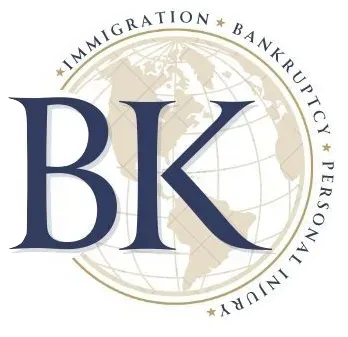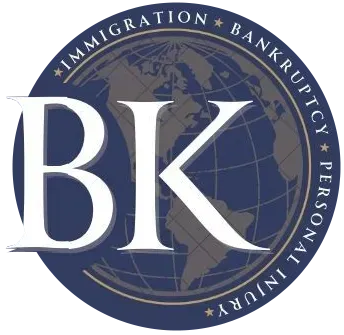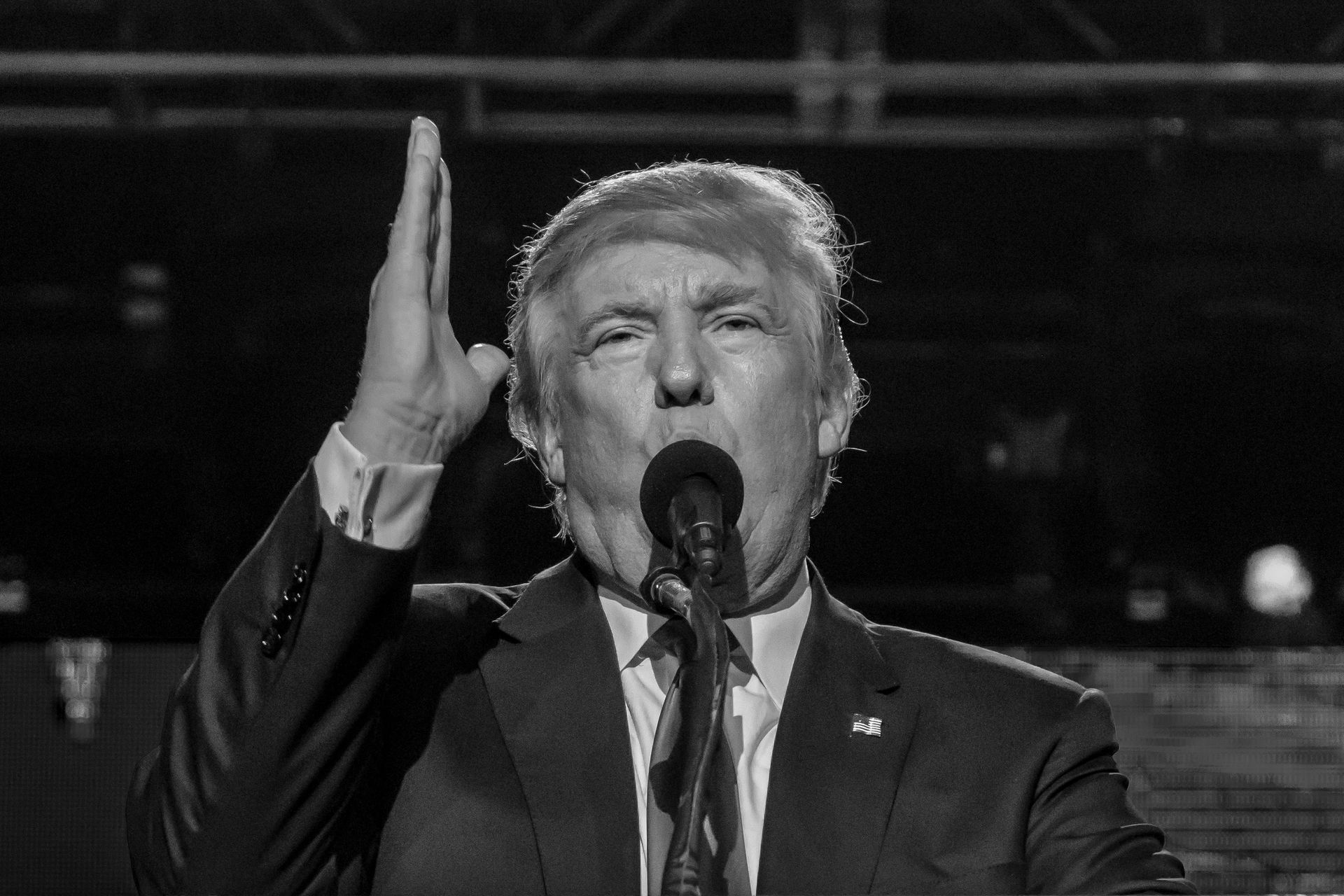Gold Card vs. Green Card: What’s Different Under Trump’s Proposal?
Gold Card vs. Green Card: What’s Different Under Trump’s Proposal?
As talk grows around former President Trump’s proposed “Gold Card” immigration program, many immigrants and investors are asking how it compares to the traditional Green Card. Is it a faster, simpler path to U.S. residency—or a risky shortcut?
At Buenaventura Koss, PLLC, we help individuals, families, and business investors navigate complex U.S. immigration laws. In this article, we explain the major differences between the Gold Card and Green Card, and what you should consider before making any immigration decision.
Understanding the Green Card
A Green Card—formally known as lawful permanent residence—allows an individual to live and work permanently in the United States.
Green Cards can be obtained through several established categories, including:
- Family-based immigration (sponsorship by a U.S. citizen or permanent resident)
- Employment-based immigration (employer sponsorship or investment)
- Humanitarian programs (asylum or refugee status)
- Diversity visa lottery
Once granted, a Green Card opens the door to citizenship after a certain period of continuous residence, as long as the individual maintains good moral standing and meets all other requirements.
What Is the Gold Card?
The Gold Card is a proposed immigration pathway introduced under Trump’s renewed 2025 immigration agenda. The program is intended to grant permanent residency to individuals who make substantial financial “gifts” or contributions to the U.S. economy—reportedly beginning around $1 million per applicant.
Unlike the Green Card, the Gold Card would:
- Be based primarily on wealth contribution, not family or employment ties
- Offer expedited processing for those who qualify
- Potentially lead to permanent residency and future citizenship, depending on regulatory rollout
- Require non-refundable payments to the U.S. government rather than investments that create jobs or businesses
Supporters argue it could bring new revenue and investment into the country. Critics warn that it may favor the wealthy and could face constitutional and legal challenges, since the president alone may not have authority to create a new immigration category without Congress.
Who Might Consider the Gold Card?
If the program is implemented, the Gold Card could attract high-net-worth individuals seeking a faster route to U.S. residency. However, even wealthy applicants must still pass background, health, and admissibility checks—and must understand the tax consequences of becoming a U.S. resident.
Before committing large sums to a new and untested policy, it’s crucial to evaluate your long-term goals and consider whether a traditional Green Card might serve you better.
Why Work with Buenaventura Koss, PLLC
Immigration policy changes fast—and with proposals like the Gold Card, the rules can shift before your application even begins.
At Buenaventura Koss, PLLC, our attorneys stay on top of these developments to guide clients through every phase of the immigration process, from initial planning to filing and representation before U.S. agencies.
When you work with our firm, we can:
- Help you determine whether the Green Card or Gold Card path best fits your goals
- Evaluate eligibility, costs, and potential risks before you invest or apply
- Prepare and file all necessary documentation with accuracy and care
- Keep you informed as new immigration regulations take shape
Whether you are an investor, professional, or family member seeking U.S. residency, our firm can provide the trusted guidance and personalized support you need to move forward with confidence.
The Bottom Line
While Trump’s Gold Card proposal has captured global attention, it remains a developing and uncertain policy. Until the federal government finalizes the rules and courts weigh in on its legality, the traditional Green Card remains the most secure and predictable route to U.S. permanent residency.
If you’re weighing your options or want to prepare for potential changes, contact Buenaventura Koss, PLLC today.
We can help you understand how these policies may affect your case—and ensure your path to residency is built on solid legal ground.








